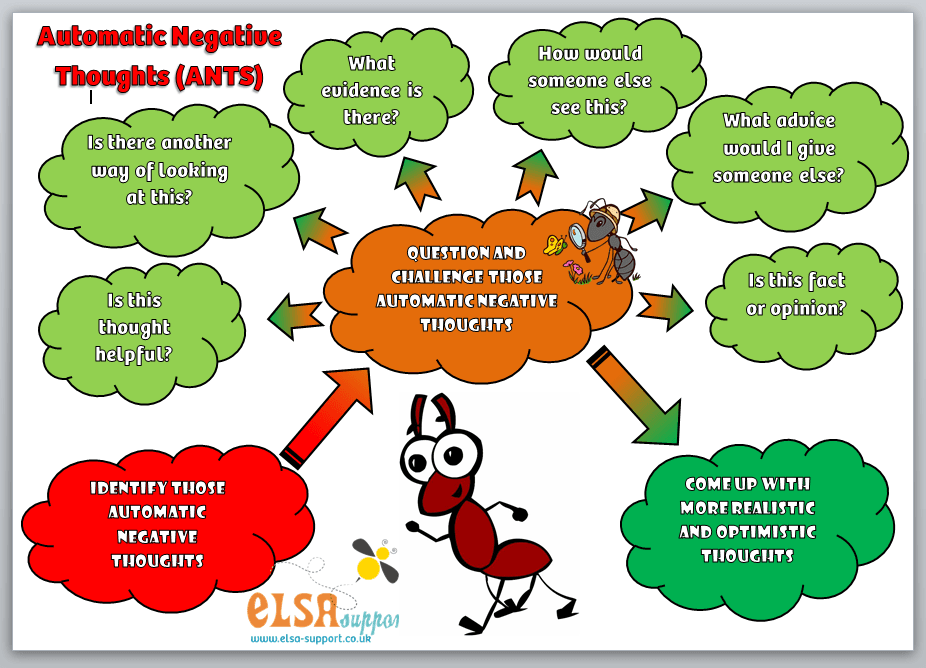


These days many cognitive psychologists perceive the mind a bit differently. This understanding of how the mind works largely influenced the dichotomy between reason and passion that was especially popular in the 20th century. According to Freud, we developed defense mechanisms like repression, projection, and displacement to protect our conscious minds from this battle within ourselves. In Freud’s theories, the unconscious mind was a battlefield where a war waged between instinct, which existed in the dark corner of our minds called the id, and our level-headed problem-solving egos. However, psychology has progressed a long way since then. Sigmund Freud was a pioneer in this field and his work examining the unconscious mind is well documented. Our thinking can operate on two levels – conscious and unconscious, or automatic. Understanding the Dynamic – Automatic vs. In most cases, we snap out of our unconscious reveries when we realize we’re approaching our exit or need to make a turn to reach our destination.

This is our automatic mind at work – we’re able to think about our day whilst managing to move our hands on the wheel, our feet on the pedal, and watch the road all at once! When the need arises, however, we can seamlessly shift towards conscious attention. Maybe we’re mulling over a conversation we had with a coworker, or trying to figure out if we left the stove on. For example, when we drive, we may be paying attention to the road, but simultaneously thinking about the day’s events. That would be exhausting, not to mention overwhelming!Īutomatic minds are active in pretty much everything we do. In other words, this is the part of our minds that allows us to understand our surroundings and experiences without us having to focus on things individually. This is responsible for processing information automatically, that is, without our conscious awareness. Beyond our conscious minds is something that is called the automatic mind.


 0 kommentar(er)
0 kommentar(er)
